Home>Furniture & Design>Bathroom Accessories>What Are The Downsides Of Using A Bidet?
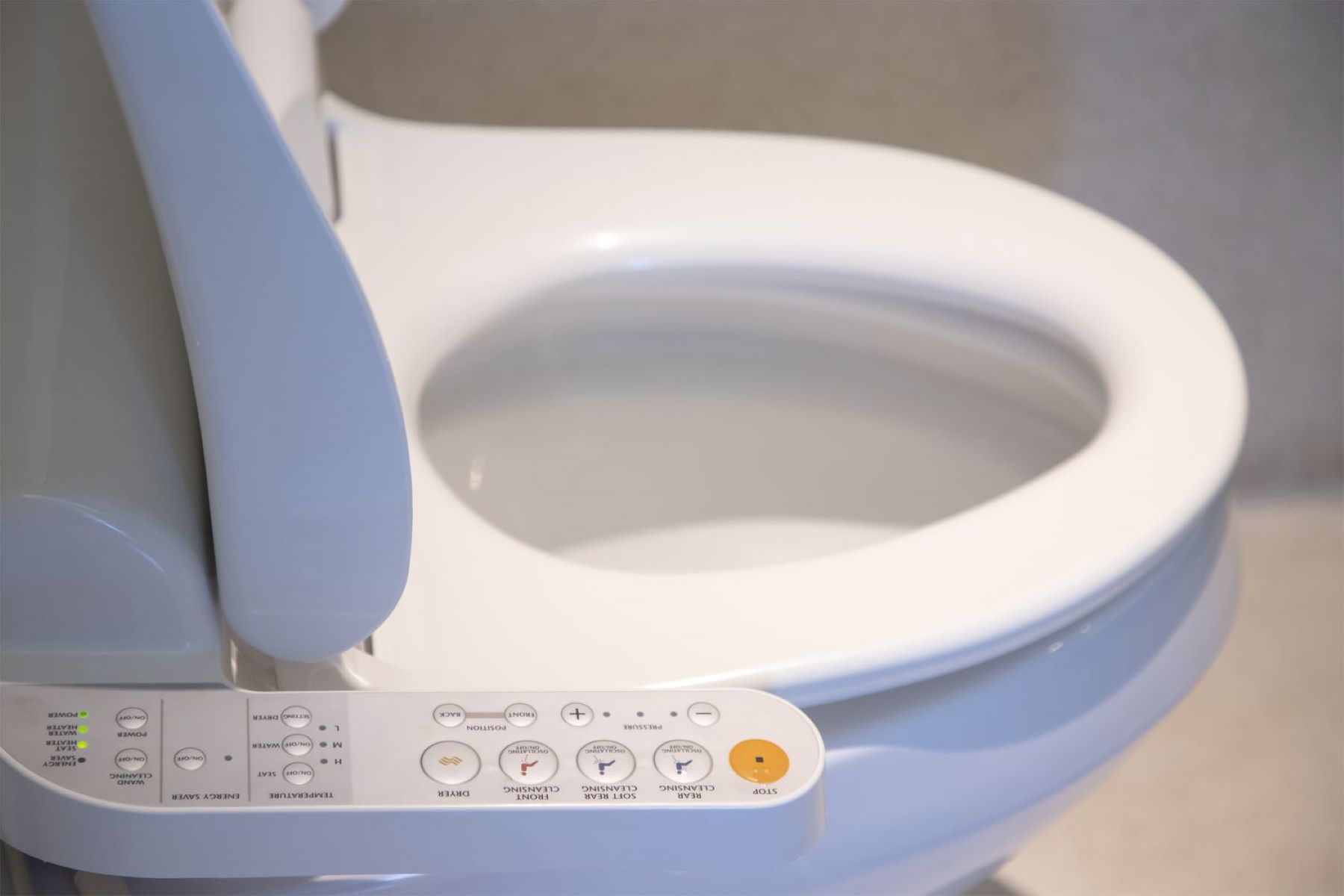

Bathroom Accessories
What Are The Downsides Of Using A Bidet?
Modified: October 20, 2024
Discover the potential drawbacks of bidets and how they may impact your bathroom experience. Explore the downsides of using bidets and find out if they are the right bathroom accessory for you.
(Many of the links in this article redirect to a specific reviewed product. Your purchase of these products through affiliate links helps to generate commission for Storables.com, at no extra cost. Learn more)
Increase in water usage
One of the potential downsides of using a bidet is the increase in water usage. Unlike traditional toilet paper, bidets rely on water to cleanse after using the restroom. While this can be seen as a more hygienic and environmentally friendly option, it does come with the drawback of higher water consumption.
When using a bidet, the amount of water used per cleansing session can vary depending on the type of bidet and the duration of use. Some bidet models offer adjustable water pressure and temperature settings, allowing users to customize their experience. However, this customization can also lead to increased water usage if not used mindfully.
In regions where water conservation is a concern, the additional water usage associated with bidets may raise environmental and cost-related considerations. It's important for users to be mindful of their water consumption and make adjustments to minimize any potential negative impact.
Despite the increase in water usage, it's worth noting that bidets can still be more environmentally friendly than traditional toilet paper in the long run. The production and disposal of toilet paper contribute to deforestation, water usage, and waste accumulation. In contrast, bidets offer a more sustainable and eco-friendly approach to personal hygiene.
As with any water-dependent fixture, it's essential for users to be conscious of their water consumption and make efforts to minimize waste. By using bidets responsibly and being mindful of water usage, individuals can mitigate the potential downside of increased water consumption while still enjoying the benefits of this modern bathroom accessory.
Key Takeaways:
- Consider the long-term benefits of bidets despite initial costs. They can save money and help the environment by reducing toilet paper usage.
- Be mindful of water usage and explore alternative solutions when bidets are not available in public restrooms.
Read more: What Are Bidet Used For
Initial cost of installation
The initial cost of installing a bidet can be a significant consideration for individuals exploring this modern bathroom accessory. Unlike traditional toilet paper, which requires minimal investment beyond the recurring purchase of rolls, bidets often involve a higher upfront expense. This cost encompasses the purchase of the bidet fixture itself, as well as potential installation and plumbing adjustments.
When considering the initial cost of installation, it's essential to evaluate the various types of bidets available on the market. Standalone bidet fixtures, which are separate units from the toilet, may require more extensive installation and plumbing work, potentially increasing the overall cost. On the other hand, bidet attachments or seats that can be added to existing toilets may offer a more cost-effective option, as they often require less complex installation.
The price range for bidet fixtures can vary widely, depending on factors such as brand, features, and construction. Basic bidet attachments or non-electric models may be more budget-friendly, making them accessible to a broader range of consumers. However, for those seeking advanced features such as heated seats, adjustable water pressure, and air drying functions, the cost can increase significantly.
In addition to the cost of the bidet fixture itself, installation expenses should be taken into account. If professional plumbing services are required to install the bidet, this can add to the overall initial investment. However, some bidet models are designed for easy DIY installation, potentially reducing the need for professional assistance and lowering the associated costs.
It's important for individuals considering a bidet to weigh the initial cost of installation against the long-term benefits. While the upfront investment may seem substantial, it's essential to consider the potential savings over time. Bidets can contribute to reduced toilet paper usage, leading to long-term cost savings and environmental benefits. Additionally, the comfort and hygiene advantages of bidets can enhance the overall bathroom experience, potentially justifying the initial expense for many users.
Ultimately, the initial cost of installing a bidet should be viewed as an investment in long-term comfort, hygiene, and sustainability. By carefully evaluating the available options and considering the potential benefits, individuals can make informed decisions regarding the initial installation cost of bidets, ensuring that they align with their preferences and priorities.
Space requirement in the bathroom
The space requirement in the bathroom is a crucial consideration when contemplating the installation of a bidet. Unlike traditional toilets, bidets, whether in the form of standalone fixtures or attachments, necessitate additional space within the bathroom layout. This requirement can pose challenges, particularly in smaller or more compact bathrooms where every inch of space is valuable.
Standalone bidets, which are separate fixtures from the toilet, typically demand a significant amount of space. Their installation often involves allocating a dedicated area within the bathroom, which can impact the overall layout and functionality of the space. Additionally, the plumbing and electrical requirements for standalone bidets may further influence the spatial considerations, as they need to be integrated into the existing infrastructure effectively.
On the other hand, bidet attachments or seats designed for use with existing toilets also require space considerations. While these attachments are generally more compact and versatile, they still necessitate additional room for installation. The presence of a bidet attachment can alter the dimensions and accessibility of the toilet area, requiring users to account for the space needed to accommodate the bidet functionality.
Moreover, the spatial impact of bidets extends beyond the physical installation. Users must consider factors such as maneuverability, accessibility, and overall comfort within the bathroom space. The presence of a bidet should not compromise the ease of movement or accessibility for individuals using the bathroom, emphasizing the need for thoughtful spatial planning.
In smaller bathrooms, the space requirement for a bidet can present a notable challenge. Limited square footage may restrict the feasibility of installing a standalone bidet, potentially leading individuals to explore alternative options such as bidet attachments or compact fixtures designed to maximize space efficiency.
Despite the spatial considerations, it's important to recognize that the benefits of bidets, including enhanced hygiene and comfort, can outweigh the challenges associated with space requirements. By carefully assessing the available space and exploring innovative solutions, individuals can integrate bidets into their bathrooms effectively, optimizing both functionality and comfort.
Ultimately, the space requirement in the bathroom should be approached with a focus on maximizing the benefits of bidets while addressing any spatial limitations. By considering the available options and evaluating the spatial impact, individuals can make informed decisions that align with their preferences and the unique characteristics of their bathroom environment.
When using a bidet, be mindful of the water pressure as it can be too strong and cause discomfort. Start with a lower pressure setting and adjust as needed to avoid any potential discomfort.
Potential for electrical malfunctions
When considering the integration of advanced bidet models that offer features such as heated seats, warm water cleansing, and air drying functions, it's essential to acknowledge the potential for electrical malfunctions. These sophisticated bidet fixtures often rely on electrical components to power various functions, enhancing the overall user experience. However, the inclusion of electrical elements introduces the possibility of malfunctions, which can impact the bidet's performance and user satisfaction.
Electrical malfunctions in bidets can manifest in various forms, ranging from minor disruptions to more significant issues that affect the bidet's functionality. Common electrical problems may include issues with heating elements, temperature controls, electronic panels, or power supply disruptions. These malfunctions can result in inconveniences for users, such as inconsistent water temperature, non-responsive control panels, or complete loss of electrical functionality.
Furthermore, the presence of electrical components in bidets necessitates careful consideration of safety measures and maintenance practices. Users should be mindful of the potential risks associated with electrical malfunctions and take proactive steps to ensure the safe and reliable operation of their bidet fixtures. This includes adhering to manufacturer guidelines for installation, usage, and maintenance, as well as periodic inspections to identify and address any emerging electrical issues.
In the event of electrical malfunctions, users should refer to the manufacturer's instructions and seek professional assistance if necessary. Attempting to troubleshoot or repair electrical components without the appropriate expertise can pose safety hazards and may further exacerbate the underlying problems. Therefore, it's crucial for users to prioritize their safety and the proper functioning of their bidets by engaging qualified professionals to address any electrical malfunctions effectively.
Despite the potential for electrical malfunctions, it's important to recognize that many bidet models are designed with robust safety features and undergo rigorous testing to ensure their reliability. By following recommended maintenance practices and promptly addressing any emerging issues, users can mitigate the impact of electrical malfunctions and continue to enjoy the comfort and convenience offered by advanced bidet fixtures.
In summary, while the integration of electrical components in bidets introduces the potential for malfunctions, proactive maintenance and adherence to safety guidelines can minimize associated risks. By staying informed about proper usage and maintenance practices, users can navigate the potential for electrical malfunctions with confidence, ensuring the continued functionality and performance of their bidet fixtures.
Limited availability in public restrooms
The limited availability of bidets in public restrooms remains a notable consideration for individuals accustomed to the convenience and hygiene benefits of bidet use in their personal bathrooms. Unlike traditional toilet paper, which is universally present in public restroom facilities, bidets are not as widely accessible in these shared spaces. This discrepancy in availability can pose challenges for individuals who prioritize the use of bidets for their personal hygiene routines, particularly when away from home.
The absence of bidets in public restrooms can be attributed to various factors, including space limitations, cost considerations, and the diverse preferences of restroom users. Public restroom facilities are often designed with standardized fixtures and layouts to accommodate a broad range of users, and the integration of bidets may not align with these established configurations. Additionally, the installation and maintenance costs associated with incorporating bidets into public restrooms can present financial barriers for facility managers and owners.
Furthermore, the diverse cultural and personal preferences surrounding bathroom hygiene practices contribute to the limited availability of bidets in public restrooms. While bidets are commonplace in certain regions and cultures, they may not be universally embraced or expected in all public restroom settings. This variability in user preferences and expectations influences the decisions made by facility managers regarding the inclusion of bidets in shared restroom facilities.
The limited availability of bidets in public restrooms underscores the importance of individual preparedness and adaptability when using shared facilities. For individuals who prioritize bidet use as part of their hygiene routine, exploring alternative solutions such as portable bidet attachments or disposable cleansing wipes can help maintain a sense of familiarity and comfort when away from home. Additionally, advocating for the inclusion of bidets in public restroom facilities through constructive feedback and awareness initiatives can contribute to broader accessibility and accommodation for diverse hygiene preferences.
While the limited availability of bidets in public restrooms presents challenges for users, it also highlights opportunities for increased awareness and accommodation of diverse hygiene practices in shared spaces. By recognizing the factors contributing to this limitation and exploring practical solutions, individuals can navigate the absence of bidets in public restrooms with flexibility and advocate for inclusive restroom facilities that cater to a range of hygiene preferences.
Frequently Asked Questions about What Are The Downsides Of Using A Bidet?
Was this page helpful?
At Storables.com, we guarantee accurate and reliable information. Our content, validated by Expert Board Contributors, is crafted following stringent Editorial Policies. We're committed to providing you with well-researched, expert-backed insights for all your informational needs.

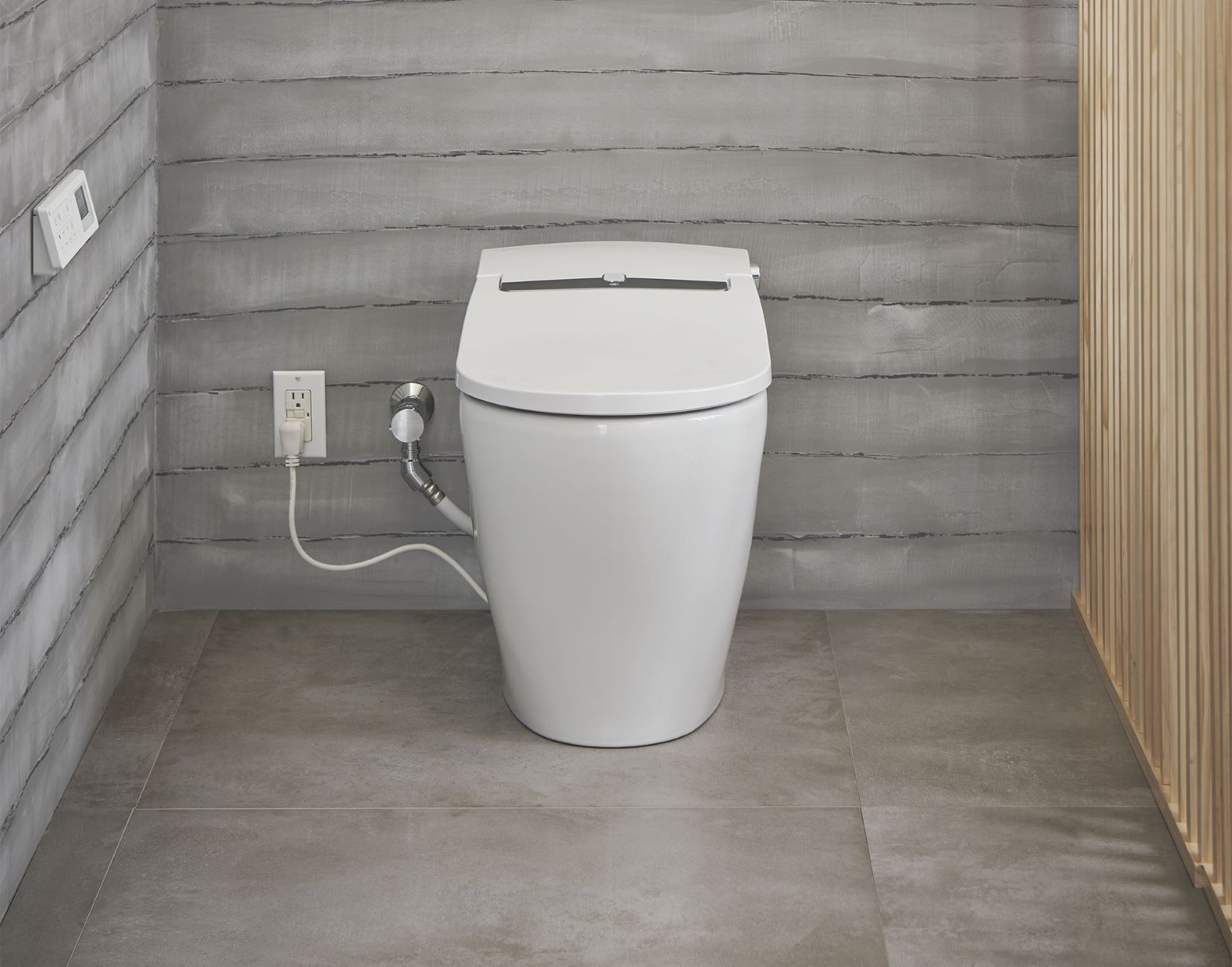
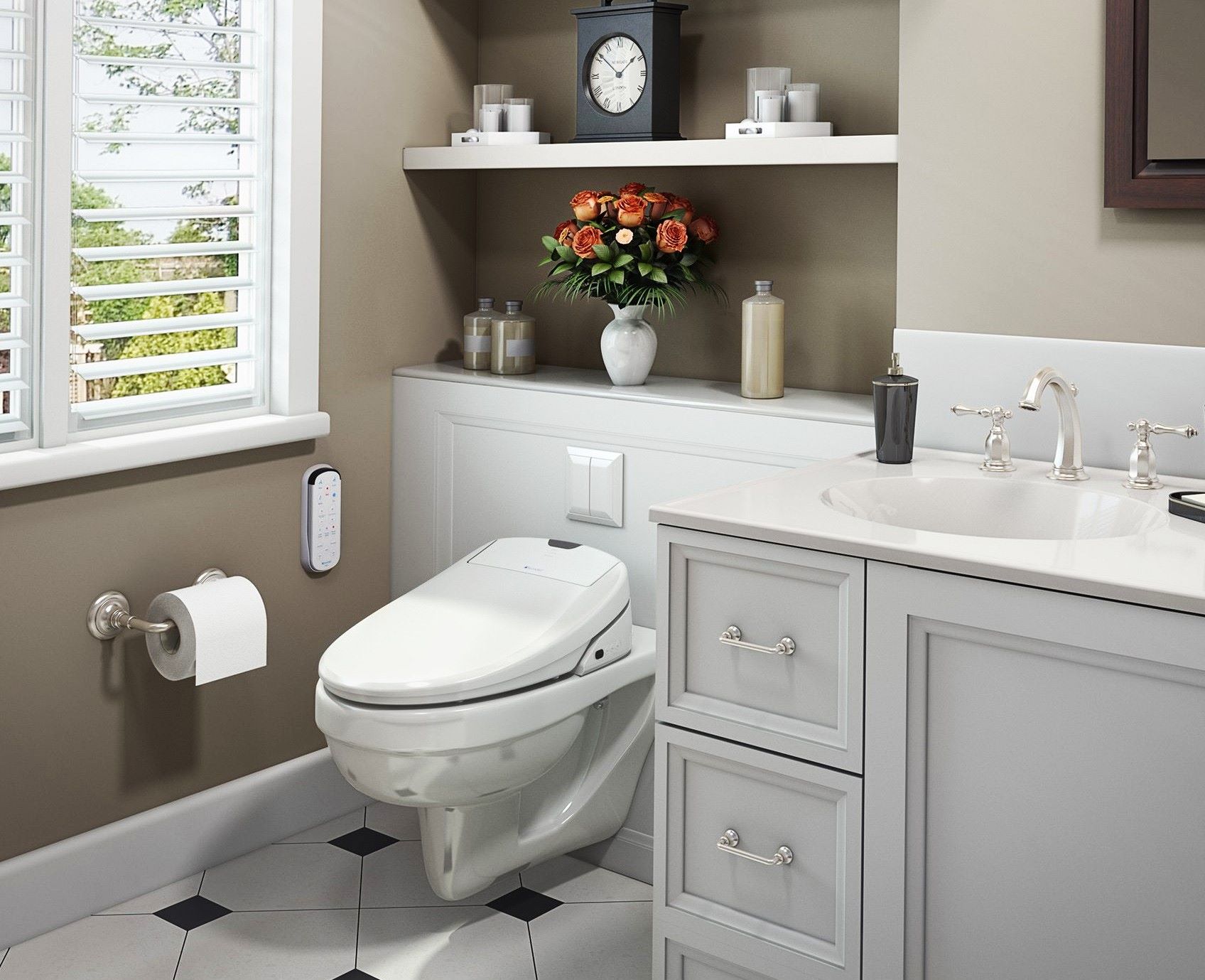
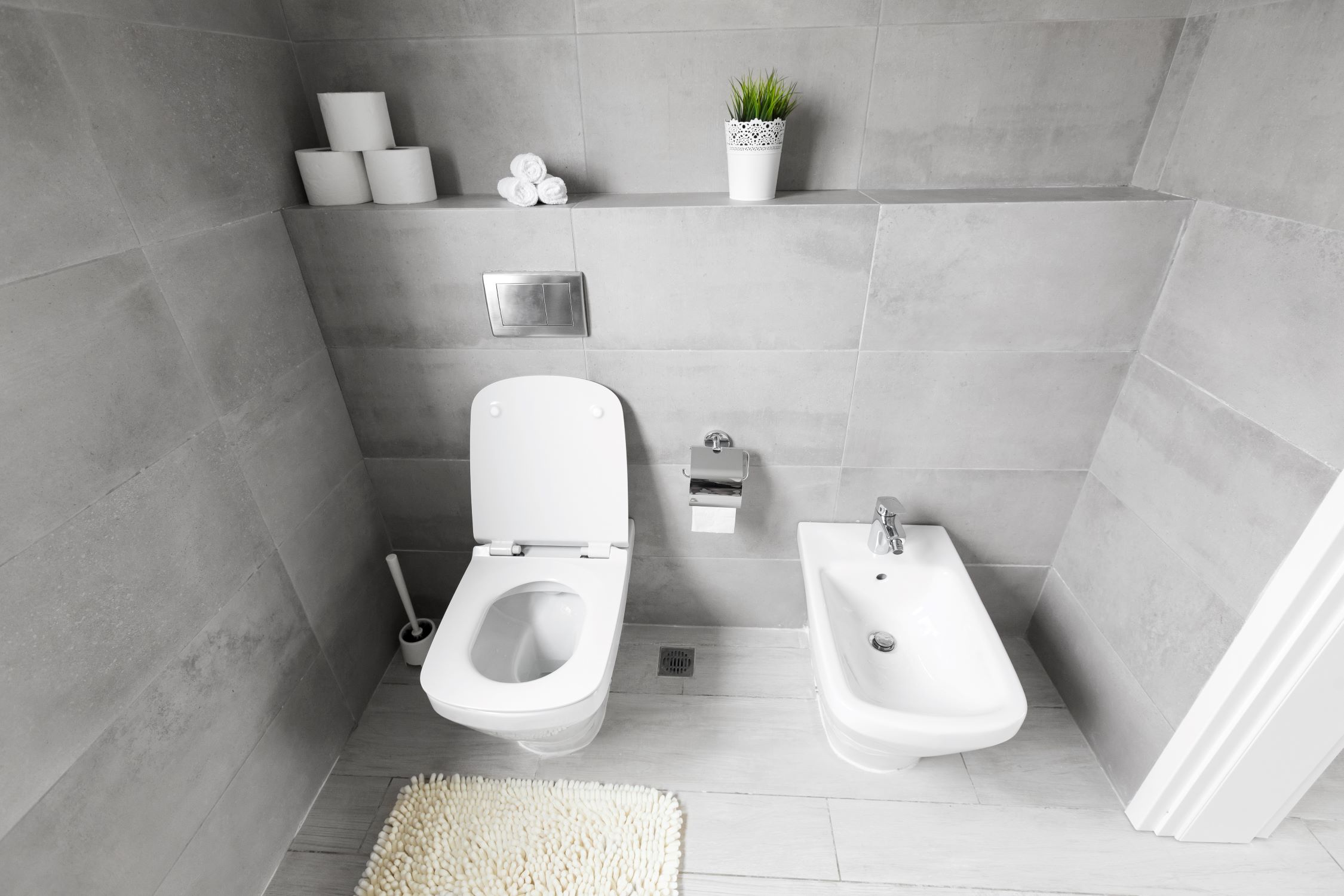

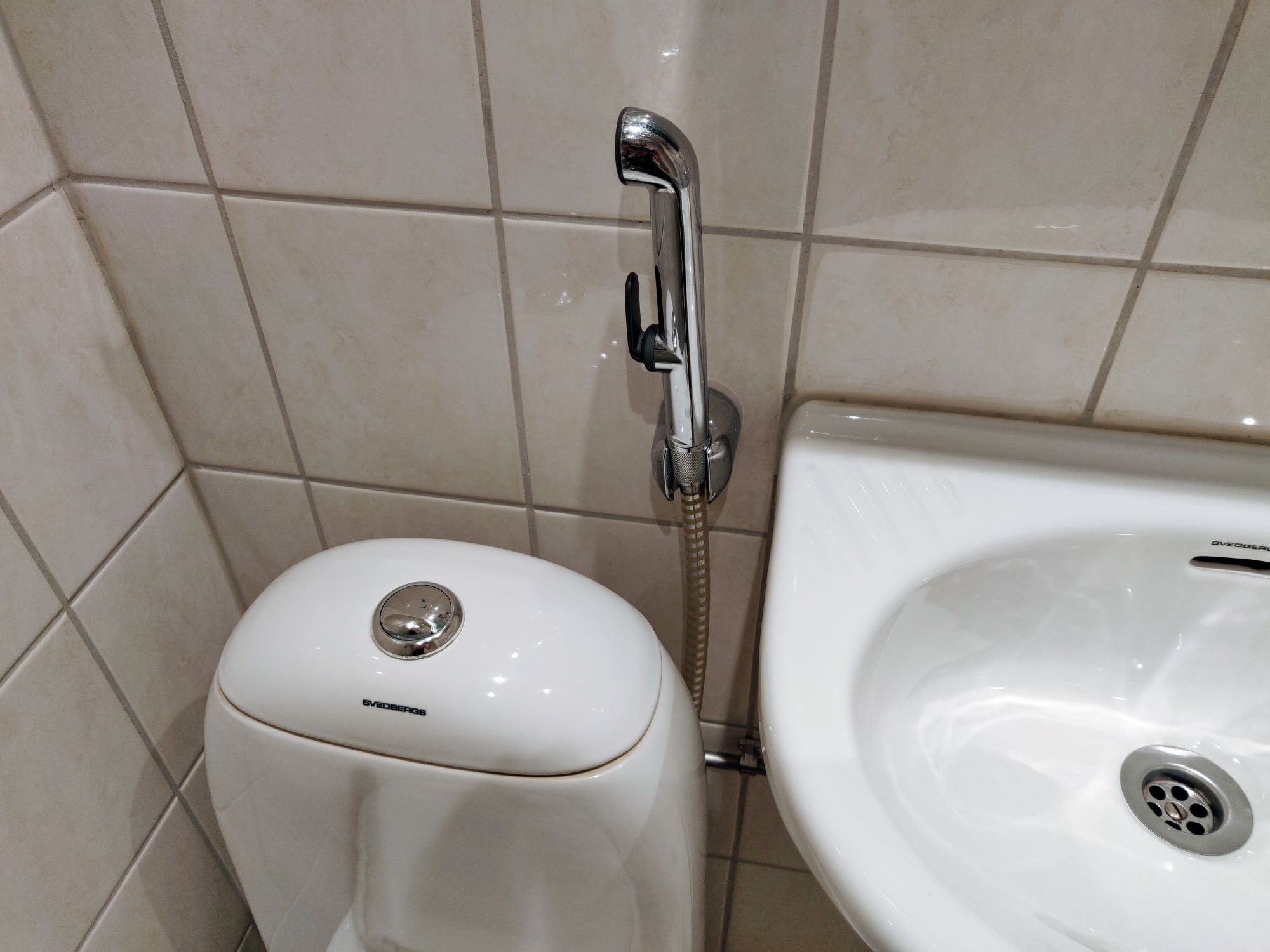
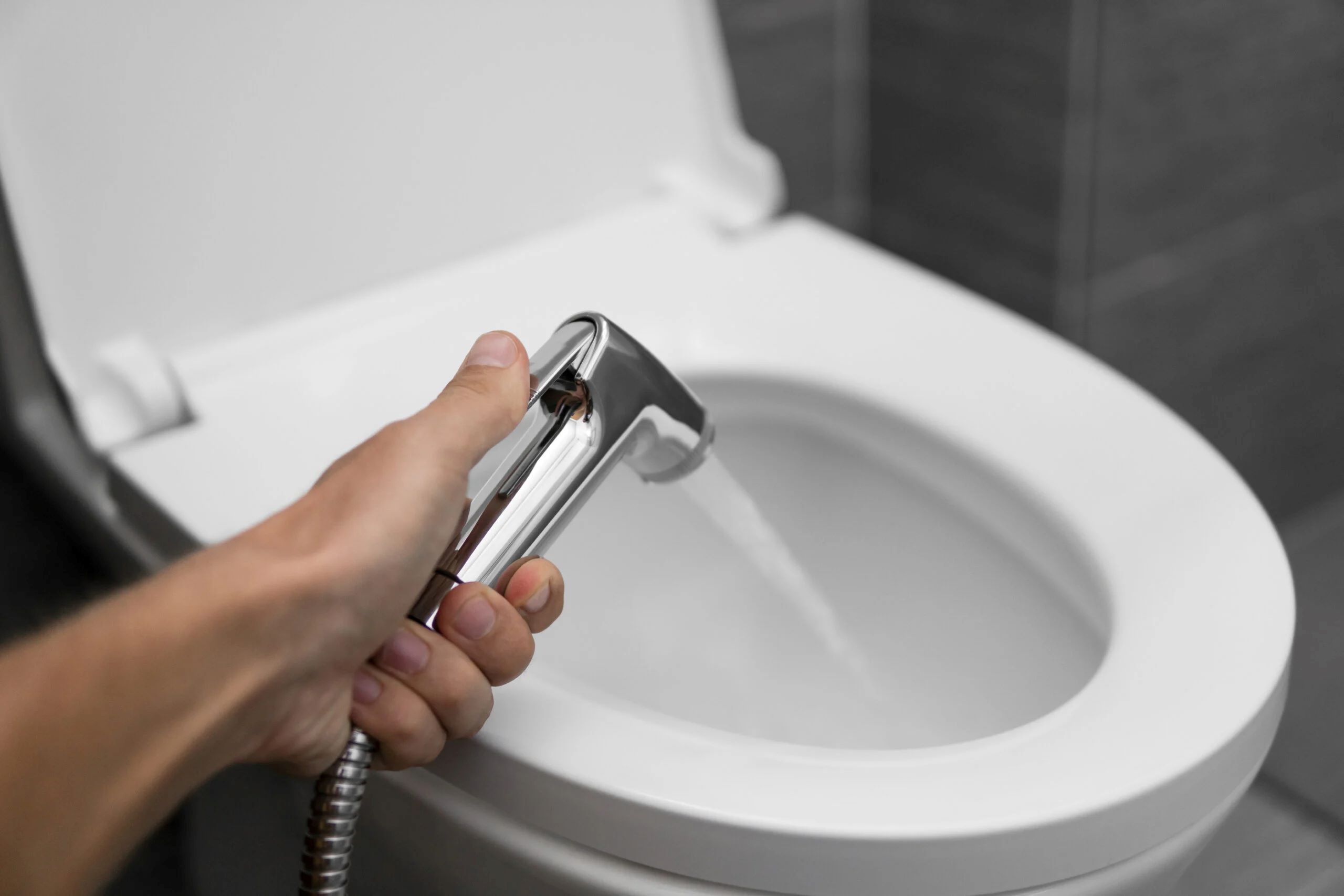
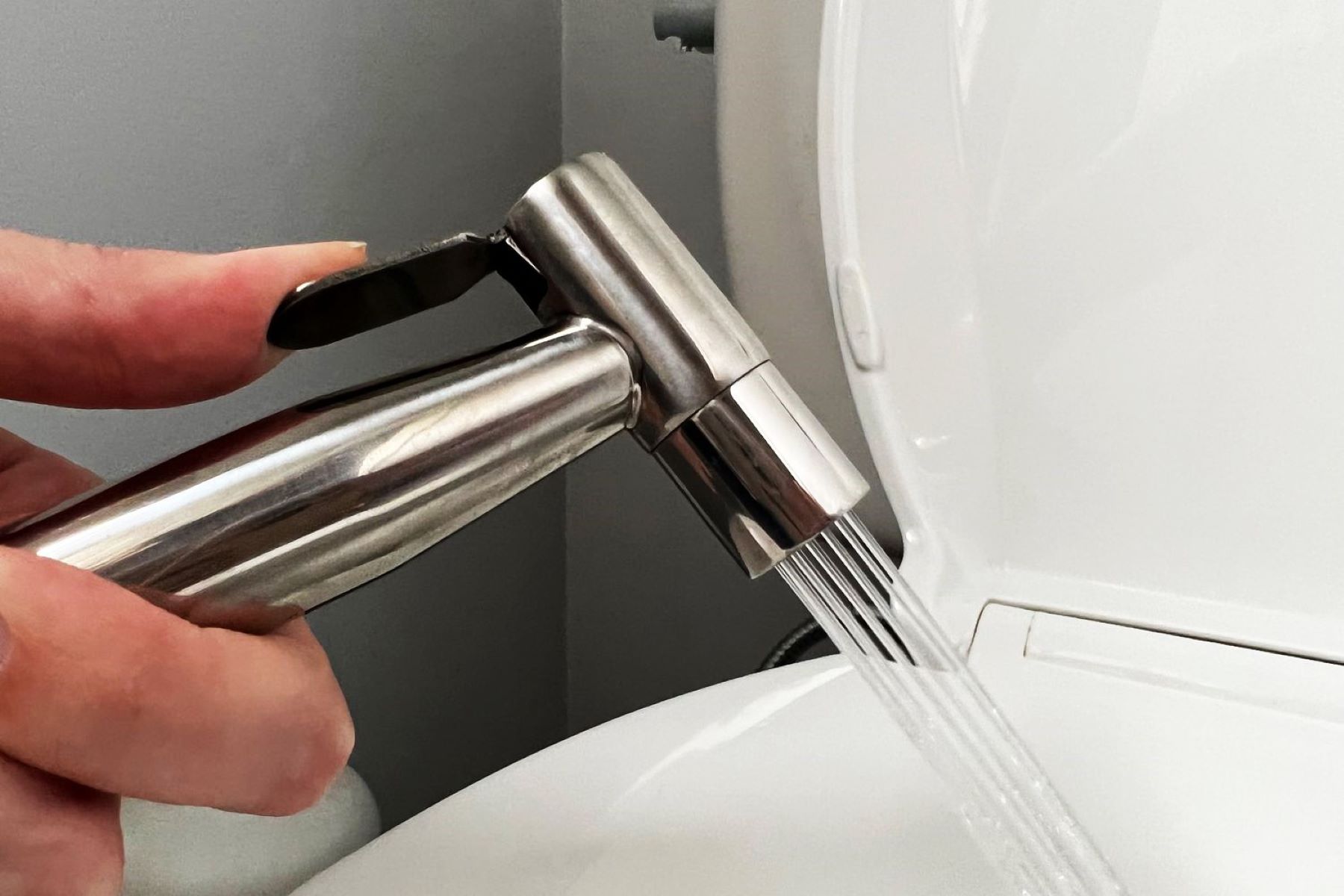
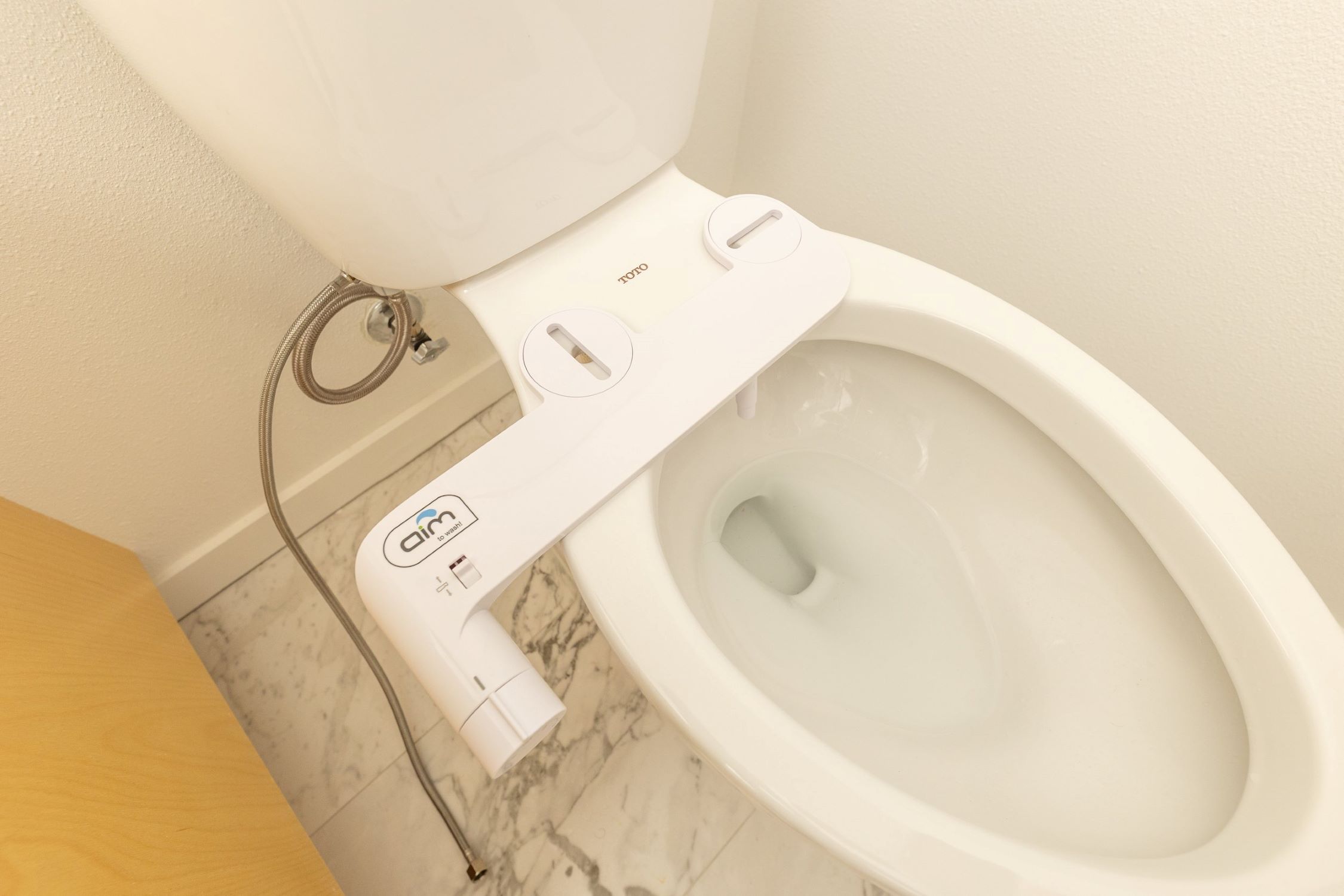
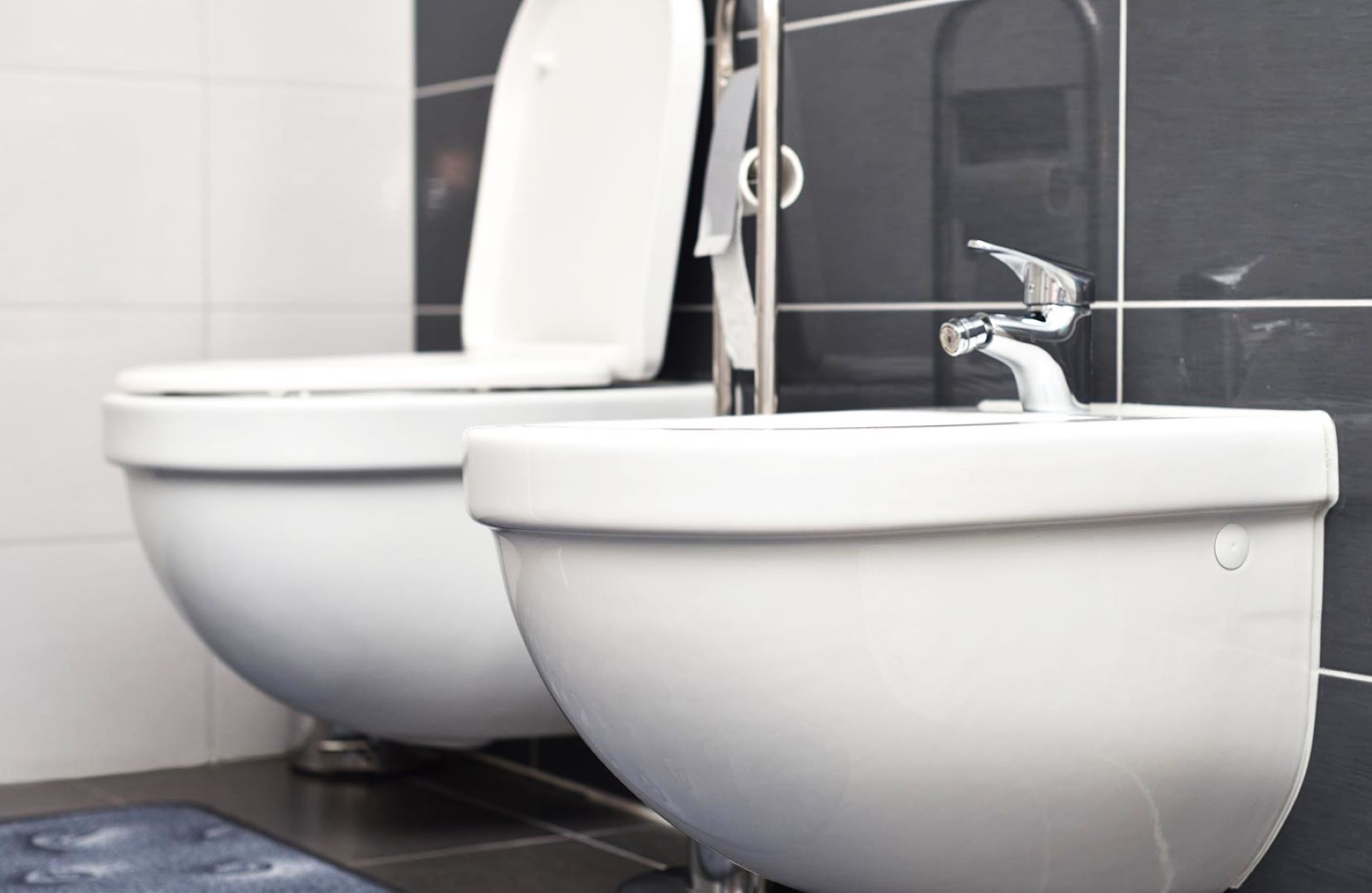
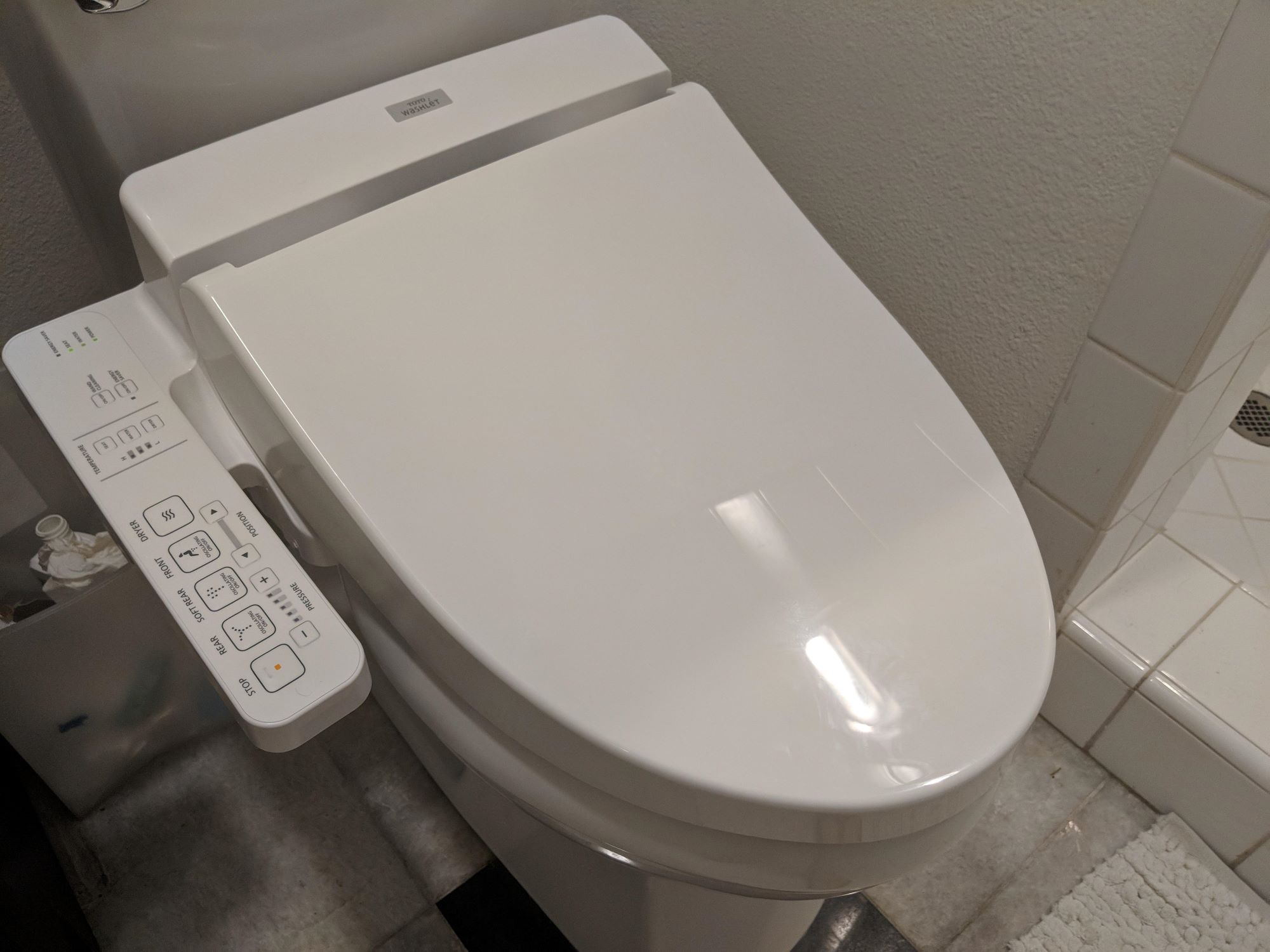
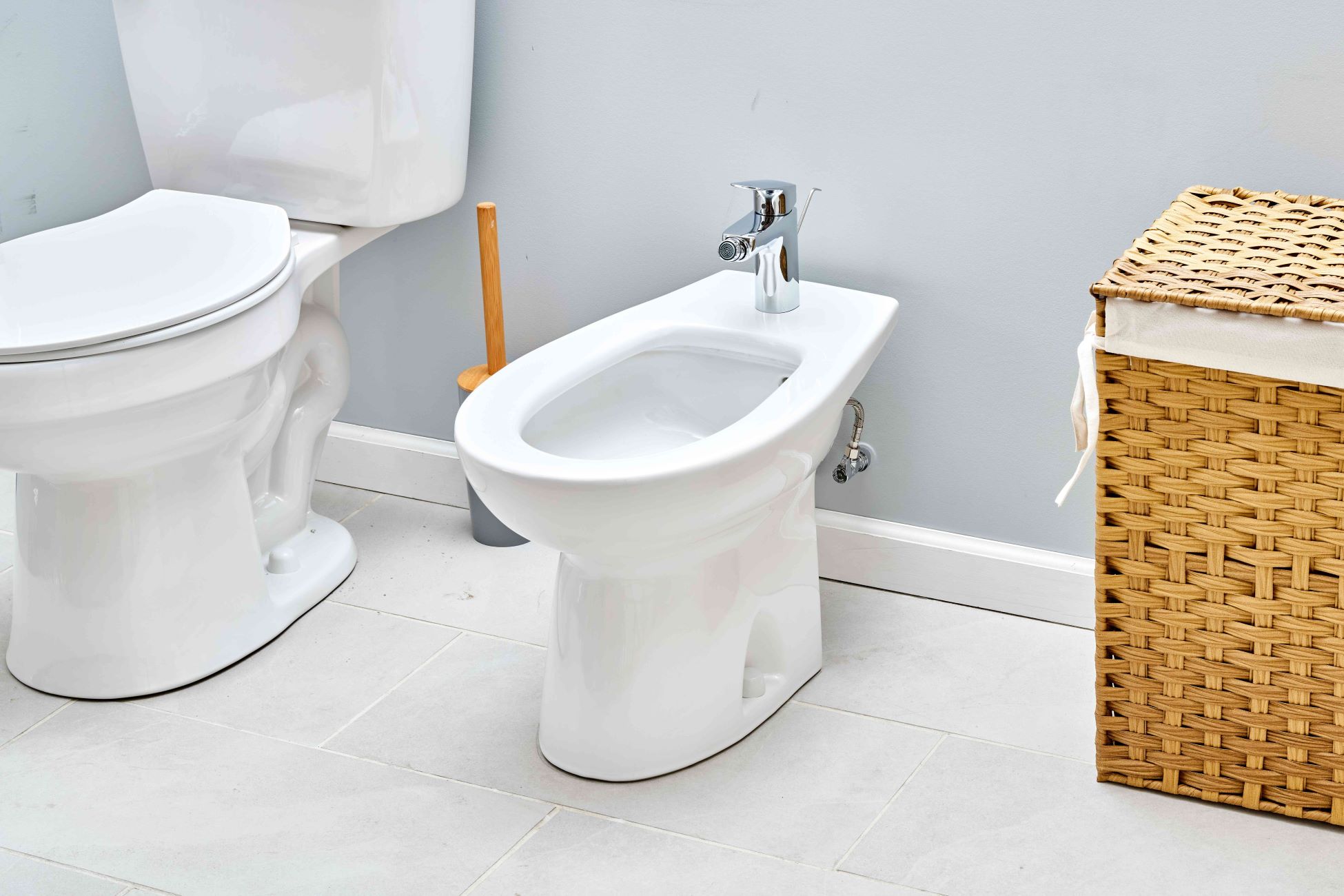
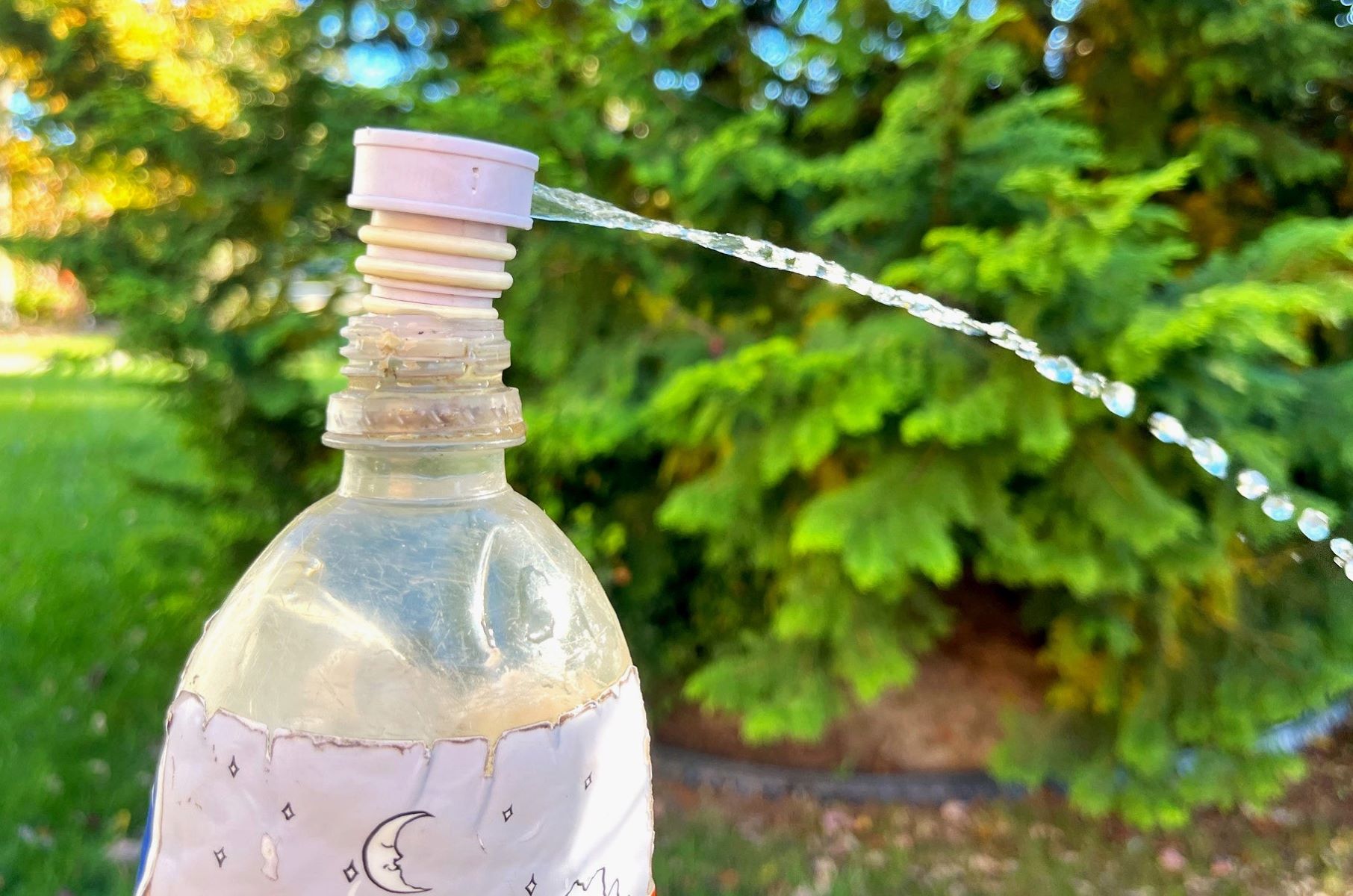
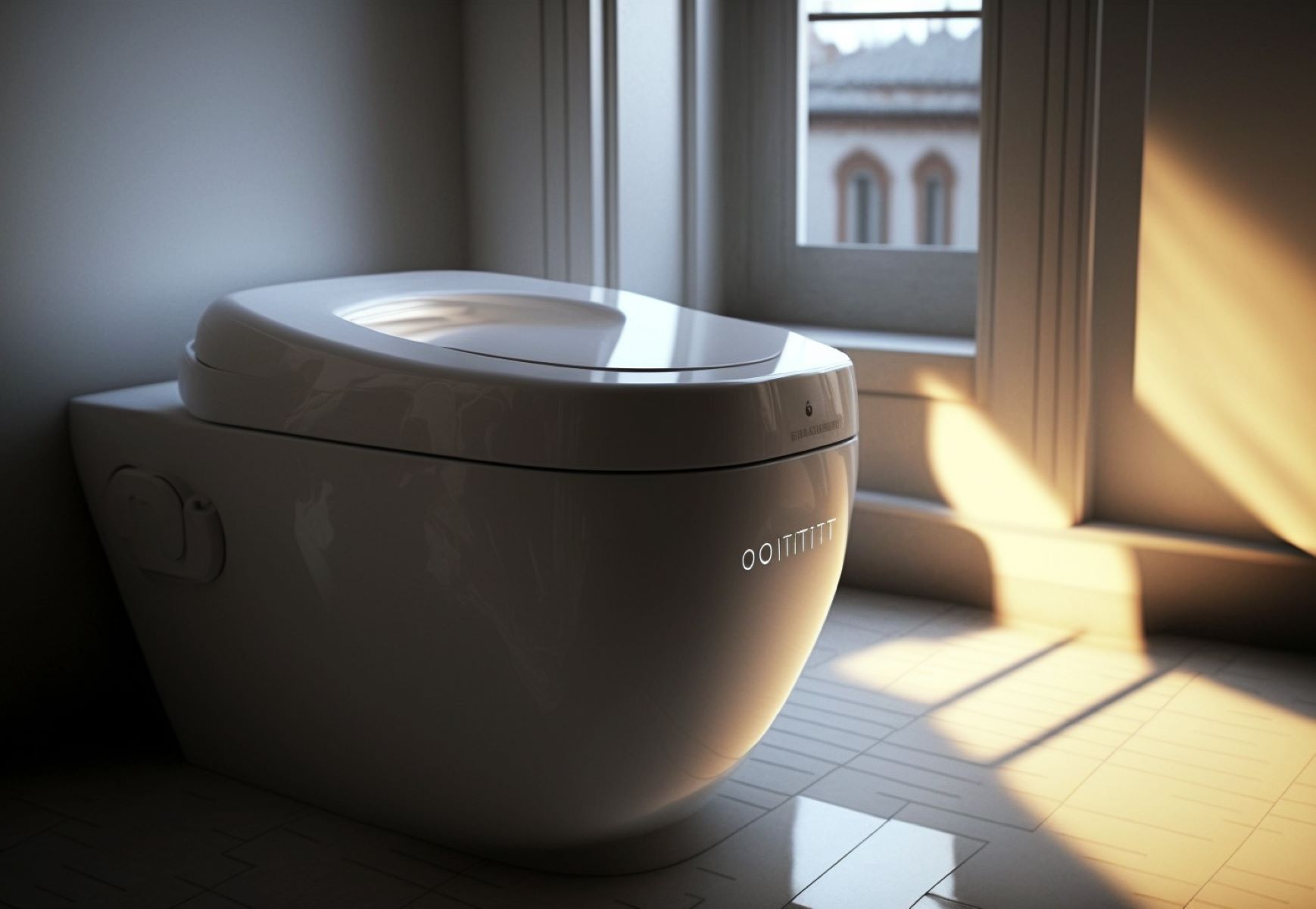
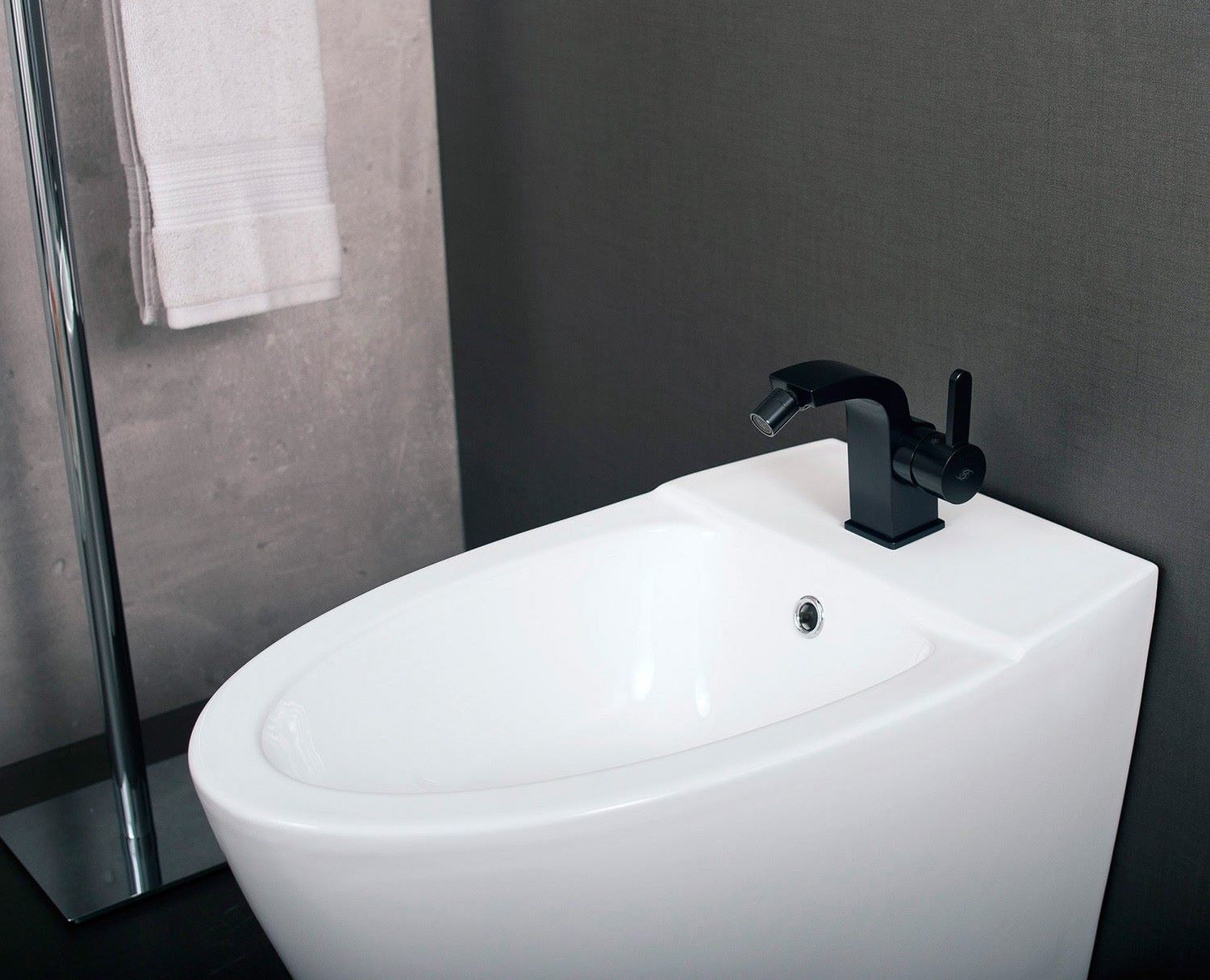

0 thoughts on “What Are The Downsides Of Using A Bidet?”